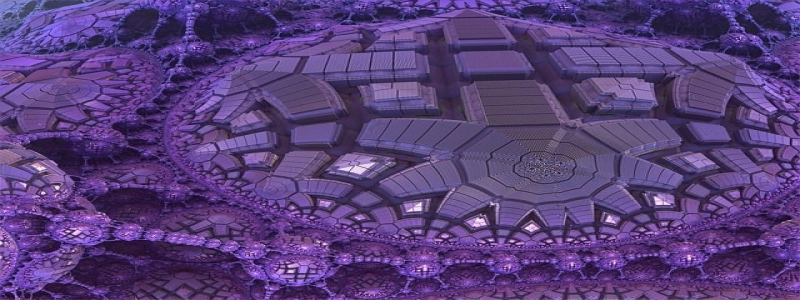Modem Cables Ethernet
Introduction:
In today’s fast-paced digital world, a reliable and efficient internet connection is crucial. Modem cables play a vital role in ensuring that our devices have a stable internet connection. In this article, we will explore the different types of modem cables, their features, and how they work.
Type of Modem Cables:
1. Coaxial Cables:
– Coaxial cables are one of the most common types used for internet connections.
– They consist of a central conductor surrounded by insulation, a metallic shield, and an outer plastic cover.
– Coaxial cables offer high-speed data transmission and are known for their durability.
– They are commonly used in cable TV connections and can be easily recognized by their screw-type connectors.
2. Ethernet Cables:
– Ethernet cables are widely used for wired internet connections.
– They consist of twisted pairs of wires enclosed in a plastic outer sheath.
– Ethernet cables come in different categories, such as Cat5, Cat5e, Cat6, and Cat7, each offering different transmission speeds.
– These cables are known for their reliability and are commonly used in home and office networking setups.
– Ethernet cables use RJ-45 connectors, which resemble larger telephone connectors.
3. Fiber Optic Cables:
– Fiber optic cables are the fastest and most reliable among modem cables.
– They use light signals to transmit data, allowing for high-speed and long-distance data transmission.
– Fiber optic cables are immune to electromagnetic interference and have a higher bandwidth than coaxial or ethernet cables.
– These cables are commonly used in commercial setups and advanced networking applications.
How Modem Cables Work:
Modem cables serve as the link between the modem and the device that requires an internet connection. When connected, these cables allow data to be transmitted from the modem to the device and vice versa.
In the case of coaxial cables, the central conductor carries the data signals, while the metallic shield protects against interference. Ethernet cables, on the other hand, use twisted pairs to transmit data, reducing signal interference. Fiber optic cables use light signals that are sent and received through strands of glass or plastic fibers. These light signals allow for high-speed data transmission.
Conclusion:
Modem cables are essential components in establishing a reliable internet connection. Coaxial cables, ethernet cables, and fiber optic cables each have their own unique features and benefits. Whether you need a high-speed connection for gaming, streaming, or office work, choosing the right modem cable is crucial. Understanding the different types of modem cables available and how they work will help ensure a seamless and efficient internet experience.








